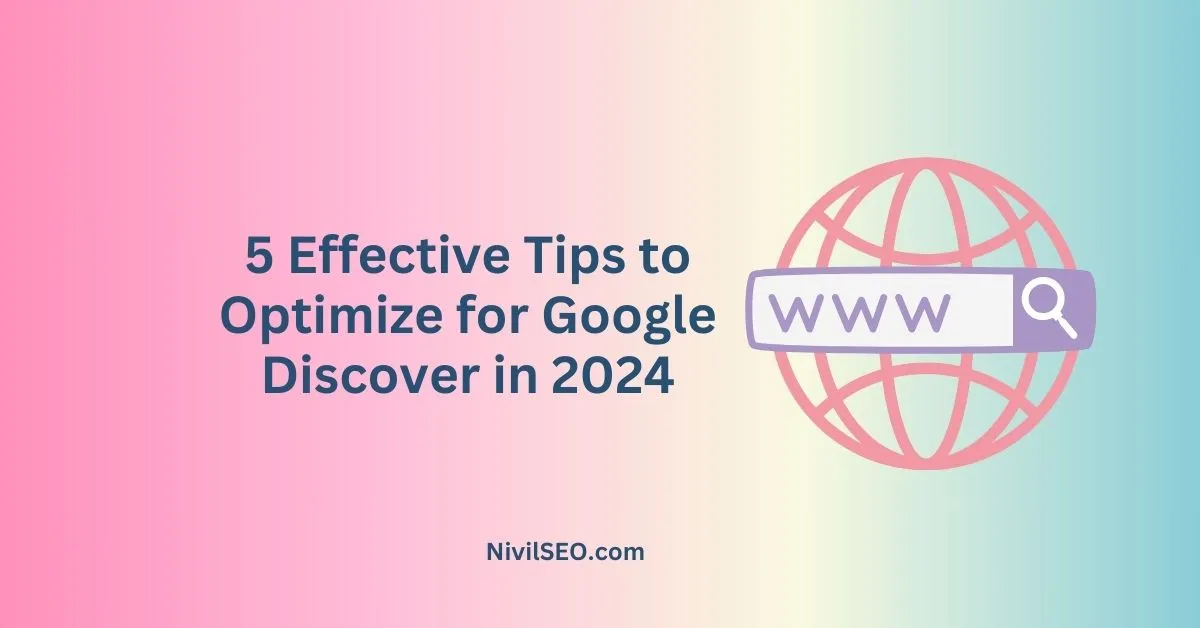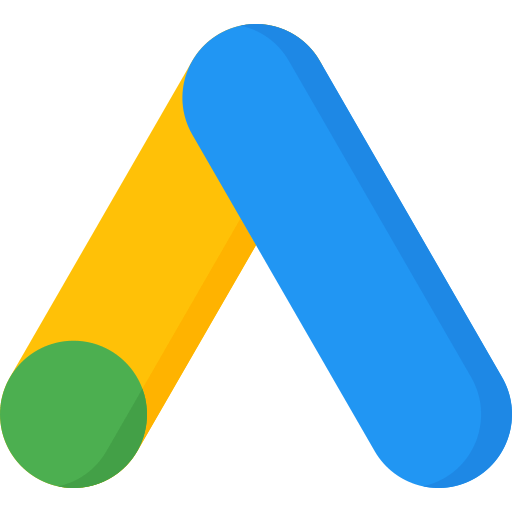What Is Google Discover?
Google Discover is a web page found in the Google mobile application where the company provides you with a selection of articles, videos and other content pertinent to your interest and previous activity on the internet. It refreshes frequently and it also allows the individual to come with more of his/her preferences interests. That is like a news feed where the content a user likes will be automatically pulled to him or her.
Should You Optimize for Google Discover?
Yes, it is possible and useful to optimize content for Google Discover if the goal is to expand the content’s potential readership. Here are a few reasons why:Here are a few reasons why, according to SEO expert Dubai:
- Increased Traffic: Occurring in Google Discover may result in a large amount of traffic to your site.
- Broader Audience: This way it helps you get to the users who would otherwise not be able to locate your content through search.
- Engagement: In turn, high quality and exciting content has a better chance of being published and this increases the chances of a higher traffic from the users.
- Brand Awareness: This way, your brand will be constantly featured in the users’ feed, thus increasing its exposure.
To rank for Google Discover, you should, of course, create good content, make it catchy, insert high-quality images, design your website for mobile use, and write tags.
How Does Google Discover Work?
To be eligible to appear in Google Discover, content needs to be indexed by Google and meet Google Discover’s content policies.
Google Discover in simple terms operates by utilizing machine learning and a user’s activity on the platform to display articles of interest to a given user. Here’s a simple breakdown of how it works:Here’s a simple breakdown of how it works:
- User Data Collection: Users’ information is categorized depending on their web history, search history as well as their location and activity within the Google services, and even engagement with other content.
- Content Curation: Depending on this data, Google chooses articles, videos, and other content of interest for you.
- Feed Updates: The content feed is refreshed dynamically to show new and timely content as well as timeless content of your choice.
- Customization: Users can opt what they want to see and specific areas of interest to see through following topics or even rating the posts that they come across.
- Display: The content is even presented in the Google app and on the website Google.com, which appears when someone uses the mobile web: users can simply swipe through and learn more about different stories here.
That is why Google Discover is ostensibly designed to present you with interesting and valuable content even if you do not directly search for it.
Google Discover vs. Google News
Google Discover and Google News are both platforms for finding content, but they have different purposes and functionalities If you’re looking to learn how to optimize for Google Discover, it’s important to understand these differences::
Google Discover
- Personalization: Tailored to your interests based on your Google activity and browsing history.
- Content Types: Includes a mix of articles, videos, and other web content.
- Purpose: To show you content you might like without you needing to search for it.
- Customization: Allows you to follow specific topics and give feedback to improve recommendations.
Access: Available through the Google app and the Google homepage on mobile browsers.
Google News
- Focus: Primarily focused on news articles and current events from various sources.
- Content Organization: Categorized by topics such as World, Business, Technology, and more.
- Purpose: To provide a comprehensive overview of current news and events.
- Customization: You can follow specific topics, publishers, and locations.
- Access: Available through the Google News app and website.
In summary, Google Discover is more about personalized, interest-based content discovery, while Google News focuses on delivering a broad spectrum of news articles and current events.
How Your Google Discover Feed Is Generated
It may be inferred that the feed of Google Discover is created using an algorism based on machine learning and source data to suit the user. Here’s a simplified overview of how it works:Here’s a simplified overview of how it works:
- User Activity Tracking: The prevalent Google follows users’ activity within its platforms which include browsing history, the history of videos watched on YouTube, interactions with the Google Assistant, etc.
- Browsing History: It incorporates the websites that you visit and the kind of information you interact with in the social media platforms.
- Location Data: Some of the content might be based on the place/location and offers localized news and events.
- Google Apps Usage: Google map, Google photo, Gmail and any other application in the Google can also contribute towards the personalization.
- Interests and Preferences: You can actually set your interest and follow some topics which does really better the feed.
- Content Feedback: When you for example state that you like or dislike a story or an article, it informs better what type of content will be suggested to you in the future.
- Trending Topics: Currently, Google integrates the topics that are hot at the moment and content that would interest you.
- Content Quality and Freshness: These algorithms seek out materials that are well-written, informative, and from reliable sources, or from the recent past.
When combined, Google Discover wants to develop another feed of articles, videos, and more which you may find engaging.
The Different Types of Google Discover Content
Google Discover predominantly displays four types of content:
- Article Links: These are links to online articles from various publishers, presented as cards with headlines and thumbnail images.
- Web Stories: A format similar to Instagram stories, combining video, images, and audio.
- YouTube Videos and Shorts: The feed includes YouTube videos and Shorts recommended based on the user’s YouTube history.
- Discovery Ads: Ads created through Google Discovery campaigns appear periodically in the feed.
5 Ways to Optimize for Google Discover
Google Discover is a content discovery tool that is supposed to serve content articles/news, videos, and the liked to the users based on their preferences and search history. To maximize the chances of your content appearing on Google Discover, you need to focus on several key optimization strategies:To maximize the chances of your content appearing on Google Discover, you need to focus on several key optimization strategies:
- Create High-Quality Content: Content is suppose to be interesting, useful, and appropriate to the users. This includes carrying out research studies and providing well-established and relevant information in simple and understandable language and involving providing of distinct opinions on the subject. High-quality content is other likely to attract the attention of the users and be selected by Google Discover.
- Optimize Your Titles: Title should be chosen to be provocative as well as informative and to provide the reader with the general idea of the article. Title is arousing the curiosity of the website visitor and makes them click which in turn, leads to chances of being displayed in Google Discover.
- Use Compelling, High-Quality Images: Usability greatly depends on the aesthetic aspect since a playfull and attractive look appeals to the users. Citing images that are highly detailed and closely related to the topics of an interest can make your posts stand out and be more shareable by the users, which in turn increases the likelihood of Google Discover to recommend such posts.
- Improve E-E-A-T: E-E-A-T means the content of the webpage is Expert, Authoritative, and is Trustworthy. Expertise represents the content’s authority and accuracy in its area of focus, and trustworthiness. Being certain to post high quality content and the information contained in it as well as having it written by top authors increases the likelihood of its appearance.
- Optimize Your Content for Mobile: Google Discover is mainly used through one’s mobile device, it’s therefore important that your content is mobile optimized. This will mean having one that can as well optimize to small screens such as having a good interface, one that loads quickly and is very responsive.
Conclusion
In summary, a right approach towards achieving your website’s goals in Google Discover in 2024 is the need to be conspicuous in a tightly personalized feed. Choosing high-quality content, writing appropriate and clickable titles, using stimulating and interesting images and utilizing the E-E-A-T principle together with a flawless mobile friendly design increases the chances of showing up in the users’ Discover feed. Being sensitive to the trends and the users’ needs will make the content more appealing and continuously up-to-date. Applying all these smart tips will not only help you get to the top of Google Discover but also increase genuine interest from your reader.








